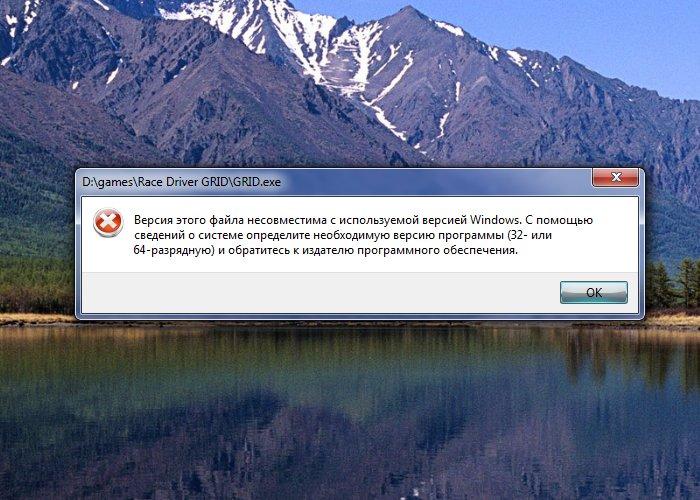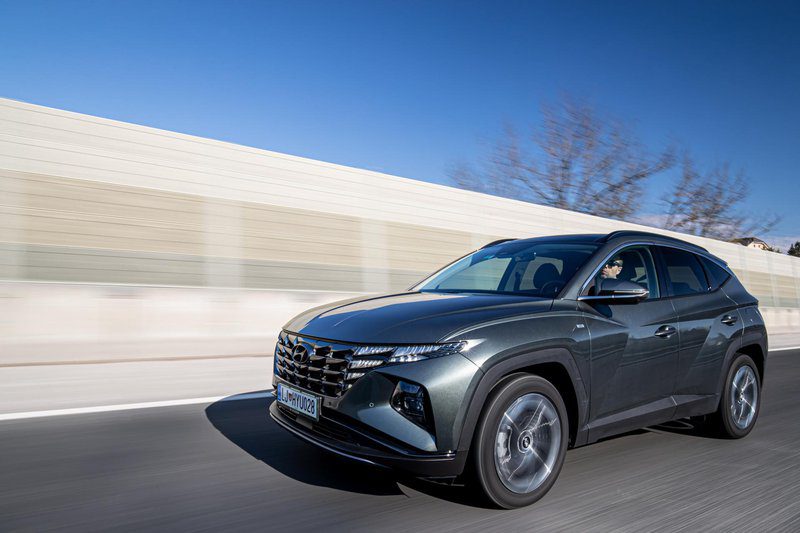
Test: Hyundai Tucson 1.6 CRDi MHEV – 136 (2021) // It entered a new dimension
Content
So where are the times of shyness and timidity when the first Tucson in 2004 began to make its way into the SUV segment with then unimaginable potential? And where is the time of Pony - you still remember him - who first brought the Hyundai name to the Old Continent more than three decades ago?
Restrained, but with a clear desire to become a recognizable name among the natives. It is not known whether the vision of the South Korean brand's leaders predicted that someday Hyundai would cease to be just a follower, but even a trendsetter. However, the new fourth generation Tucson is more than eloquent proof of how much the brand has changed. And also proof that patience pays off.

However, it would be seriously wrong to say that the first meeting does not appeal to me. In fact, as much as no new car has been able to for a long time. And the many upside-down head looks that he attracts like a magnet almost everywhere he appears only confirm how damn well the designers did their job. They still buy (too) eyes - in addition to the wallet, of course - and therefore attention is a necessary part of every car.
And yet, haven't the designers exaggerated? It may not take long to see how it becomes clear how difficult it is to find some kind of flat sheet metal surface on Tucson, some element that would not stand out. His image is a set of sharp edges, unusual lines, bends, dents, bulges, in a word, embellished strokes in one way or another. The exit is guaranteed!
Thus, the place in the top five finalists of this year's "Slovenian Car of the Year" contest, which he received on the go - immediately after he appeared on the Slovenian market - is no coincidence. But, perhaps, I dare say that most voters did not even realize all the advantages that they possessed at that time.
Digitization is a commandment
The passenger compartment is a kind of continuation of what the exterior promises, although the design calms down and moves from a phase of rock brutality to a quivering world of sporty elegance. The double horizontal line that runs from the door trim across the entire dashboard gives the impression of being superior and is complemented by a fabric strip underneath, both on the door trim and on the dashboard.
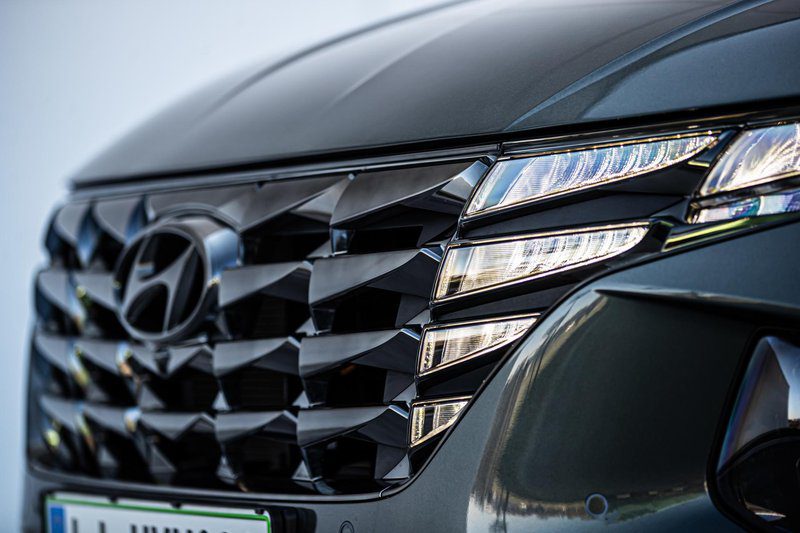
The four-spoke steering wheel undoubtedly created an avant-garde impression. while the huge 10,25-inch screens - one replacing the classic dashboard in front of the driver and the other at the top of the center console - give the impression of technological modernity. You know, today in the automotive world, digitization is also a commandment. The copious amount of shiny black piano plastic on the center console is still a matter of taste, and one should at least get used to the high level of reflections wherever one looks in this cockpit.
However, the screens, especially the one showing the sensors to the driver, are also clearly visible in sunlight. Only dust and fingerprints will bother those who rely on cleanliness. What can be confusing is the lack of classic switches to control the central infotainment system and air conditioning.... Fortunately, the classic switches remained on the center bump between the seats (for heating and cooling the seats, turning on / off cameras around the car, turning on / off parking sensors and stop / start systems).
On the other hand, I would seriously consider a surcharge (albeit no more than € 290) for the switches on the center console, as intuition has serious (ergonomic) problems in the early days of communicating with the Tucson. lack of a classic gear lever. I believe it looks like classic switches, not touch-sensitive ones, as the human hand and fingers have been used to them for decades.
You will feel good
Although he tries his best to be as friendly as possible to the "analog" driver, his Tucson habitat has been completely digitalized. And if I'm still adopting these touch-sensitive switches and display instead of the classic meters in the spirit of modernity, the UI of the central infotainment system is far from intuitive and user-friendly. First of all, he does not know Slovene, but the situation is expected to change this year.
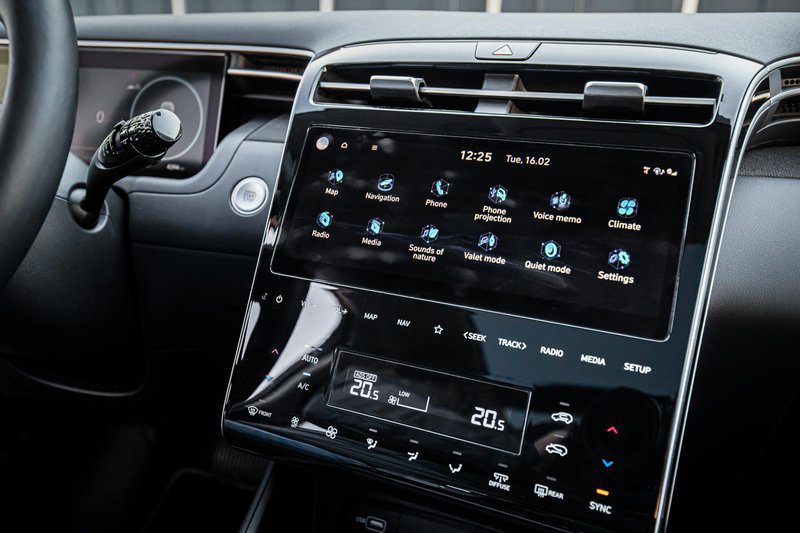
There is little information on the main screen, access to the phone menu is only possible with a switch on the steering wheel or through the menu, since it does not have hot keys on the center console, navigation is everywhere in the foreground, radio and multimedia are somewhere in the background. Browsing the list of radio stations also requires some observation of the menu ...
And also when registering an account in the Hyundai BlueLink system, which allows you to remotely check and partially manage Tucson, the user loses patience before he can install this. So in the end maybe it's just a thought - which should change this year - good thing it's all just software and an update could change the experience a lot.
Because the rest of the interior feel is extremely pleasant and, above all, gives a high-quality impression. Not only because of the shape, but also because of the soft-touch materials, soft plastic and high-quality workmanship. And despite the pleasantly cramped cockpit behind the wheel, spaciousness is another feature of this cockpit. Don't you think so? Just look at the width of this powerful central ridge! And then I tell you not only that with my 196 inches I immediately find a great driving position, but also that there is a lot, very little space in the back seat.
That it also sits very well there and that it also has a trunk that really looks shallow (but therefore has a double bottom with a few smaller drawers) with 616 liters at the top of the segment in terms of volume. And that the back bench, the ease of use, is divided into three parts. The hybrid lithium-ion polymer battery is also hidden underneath (more on that later), and the lower trunk stays flat even when the rear seat backrests, which can also be aligned with the boot levers, are folded down. way down.
When it comes to driving, the Tucson is above all what its cabin promises - comfort. First of all, the sound comfort is at a very high level, even at highway speeds, the volume of the conversation can remain very moderate. The lean in corners is well controlled, especially less than its predecessor, it has no problem with longer bumps, it is slightly different only with short, more pronounced bumps, where, despite electronically controlled damping, the weight of 19-inch wheels and tires takes up his duties.
In combination with the lower thighs of the latter, of course, this also means a little less comfort, but above all it is felt when the shock absorbers are stretched, which at this stage cannot damp properly. And don't worry, even in the sport program, the dampers still provide ample flexibility. Tip: Choose a version with wheels an inch or two smaller.

This combination is even more pronounced on gravel, especially worse with multiple holes, when, despite all-wheel drive and electronic controlled descent, it becomes clear that Tucson wants tarmac first and foremost. This is also confirmed by a distance of only 17 centimeters from the ground. Yes, if you are going to use rubble from time to time, then the 19-inch is really not for you. The steering of the Tucson is quite precise, the steering mechanism is good, perhaps better said, it is just right, and it also gives enough insight into what is going on under the front wheels.
Diesel indulge from the sleeve
Probably the best part of the Tucson is the transmission. Yes, that's right, this one has also been hybridized in the spirit of modernity and environmental protection, which is already visible on the 48V mark on the sides. When driving, this means decent acceleration and, above all, great agility even at high speeds. Given the responsiveness, torque headroom, and power it offers, I could easily put at least one or two additional displacement classes to the engine.
To say that it has a volume of two liters, not just 1,6 liters, an electric motor with 12,2 kilowatts and a torque of 100 Newton meters, which helps with acceleration, is of the most importance, but in practice it means good fuel consumption. in addition to good performance. fuel. On a cold morning, the engine runs a little rough right after starting, but its sound is always well muffled, and it also calms down quickly.
The seven-speed dual-clutch robotized transmission works well with the engine., shifts smoothly, and, above all, cannot completely get rid of the characteristic oscillation when starting off at full speed. The gearbox actually works so well that I completely succumb to it, I rarely touch the two shift levers on the steering wheel, more by feeling than necessary.
All-wheel drive, which Hyundai calls the Htrac, transfers most of its power to the front wheels most of the time, so the Tucson gives the Tucson a front-wheel-drive feel when driving, especially when accelerating into a corner. However, the hybrid drive combination allows trailers weighing up to 1650 kilograms to be towed.
Digitization comes to the fore again when driving, when I really feel like the Tucson (with a whole host of safety systems) is taking care of me all the time. Of course, it monitors traffic, can brake in an emergency, monitor blind spots when overtaking, warn of cross-traffic and monitor blind spots by displaying a live image of what is happening near the car on the corresponding digital dashboard indicator. every time I turn on the turn signal.
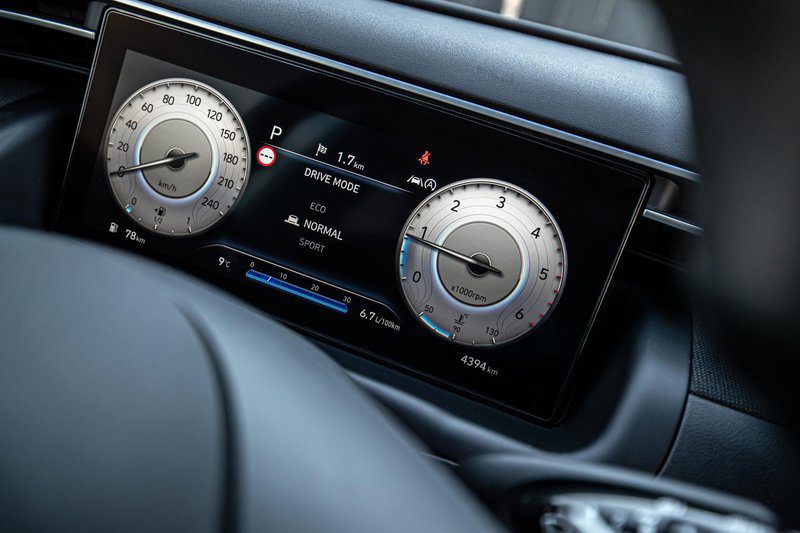
And if I want to change lanes when there is another car next to me, he also wants to prevent it by vibrating and making the steering wheel pull the other way. Like starting from a side parking space, it even automatically boils in the event of movement. And, yes, he never forgets to remind me not to check the back bench before getting out of the car. In order not to forget anyone there ...
Just as Tucson wants to convey to anyone looking at the compact crossover segment - don't miss me! And that's a damn good thing, because he does it not only with his image, but with almost all the attributes that for the most part speak in his favor.
Hyundai Tucson 1.6 CRDi MHEV – 136 (2021 h)
Basic data
| Sales: | Hyundai Auto Trade Ltd. |
|---|---|
| Test model cost: | 40.720 € |
| Base model price with discounts: | 35.990 € |
| Test model price discount: | 40.720 € |
| Power: | 100kW (136 KM) |
| Acceleration (0-100 km / h): | 11,6 with |
| Maximum speed: | 180 km / h |
| Mixed flow ECE: | 5,7l / 100km |
| Guarantee: | General warranty 5 years without mileage limitation. |
| Systematic review | 30.000 km / 24 |
Cost (up to 100.000 km or five years)
| Regular services, works, materials: | 686 € |
|---|---|
| Fuel: | 6.954 € |
| Tires (1) | 1.276 € |
| Loss of value (within 5 years): | 25.321 € |
| Compulsory insurance: | 3.480 € |
| CASCO INSURANCE (+ B, K), AO, AO + | 6.055 ( |
| Calculate the cost of auto insurance | |
| Buy up | € 43.772 0,44 (km cost: XNUMX €) |
Technical information
| engine: | 4-cylinder - 4-stroke - in-line - turbodiesel - front-mounted transversely - displacement 1.598 cm3 - maximum output 100 kW (136 hp) at 4.000 rpm - maximum torque 320 Nm at 2.000–2.250 rpm – 2 camshafts per head – 4 valves per cylinder – direct fuel injection. |
|---|---|
| Energy transfer: | the engine drives all four wheels - a 7-speed dual clutch transmission. |
| Capacity: | top speed 180 km/h - 0–100 km/h acceleration in 11,6 s - average fuel consumption (WLTP) 5,7 l/100 km, CO2 emissions 149 g/km. |
| Transportation and suspension: | SUV - 5 doors, 5 seats - self-supporting body - front single suspension, leaf springs, three-spoke transverse rails, stabilizer - rear axle shaft, coil springs, telescopic shock absorbers, stabilizer - front disc brakes (forced cooling), rear discs, ABS, electric brake rear wheel - rack and pinion steering, electric power steering, 2,3 turns between extreme points. |
| Mass: | empty vehicle 1.590 kg - Permissible total weight 2.200 kg - Permissible trailer weight with brake: 750 kg, without brake: 1.650 kg - Permissible roof load: np |
| External dimensions: | length 4.500 mm – width 1.865 mm, with mirrors 2.120 1.650 mm – height 2.680 mm – wheelbase 1.630 mm – track front 1.651 mm – rear 10,9 mm – ground clearance XNUMX m. |
| Inner dimensions: | longitudinal front 955-1.170 mm, rear 830-1.000 mm - front width 1.490 mm, rear 1.470 mm - head height front 920-995 mm, rear 960 mm - front seat length 520 mm, rear seat 515 mm - steering wheel ring diameter 365 mm - fuel tank 50 l. |
| Box: | 546-1.725 l |
Our measurements
| T = 3 ° C / p = 1.063 mbar / rel. vl. = 55% / Tires: Pirelli Scorpion 235/50 R 19 / Odometer status: 2.752 km | |
| Acceleration 0-100km: | 11,0s |
|---|---|
| 402m from the city: | 17,9 years ( 124 km / h) |
| Maximum speed: | 180km / h (D) |
| Fuel consumption according to the standard scheme: | 5,8 l / 100km |
| Braking distance at 130 km / h: | 68,0m |
| Braking distance at 100 km / h: | 39,0m |
| AM table: | 40m |
| Noise at 90 km / h | 61dB |
| Noise at 130 km / h | 65dB |
Overall rating (497/600)
Decades of consistency and patience have led to a significant shift - Hyundai is no longer a follower, but sets the standard. And because Tucson is doing it in one of its most popular segments, what's especially important is
Cab and trunk (95/110)
Spacious, but with a real feeling of being cramped, but above all family friendly.
Comfort (81
/ 115)Feel and comfort raise the bar not only by Tucson standards, but also by brand standards. It is not only the infotainment user interface that follows.
Transmission (68
/ 80)I could easily attribute a few deciliters of displacement to a diesel engine, but the electrical part of the drive is also responsible for such convincingness.
Driving performance (79
/ 100)Focus on comfort, and if you want to really enjoy it, be sure to go for 17- or 18-inch bikes over 19-inch bikes.
Security (108/115)
Probably the best approximation to what we colloquially call "not what is not." Tucson always comes across as a guardian angel.
Economy and environment (64
/ 80)A discreet diesel and electric booster with a two-speed gearbox guarantees low fuel consumption. And if you add another five-year warranty with no mileage limit ...
Driving pleasure: 4/5
It does bet on comfort, but it also offers the driver enough driving pleasure, and despite all-wheel drive and slightly more off the ground, it does its best on pavement.
We praise and reproach
bold and modern look
well-being in the salon
convincing hybrid drive
value for money
touch switches instead of classic
unfriendly infotainment user interface
shock absorption combined with 19-inch wheels
